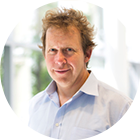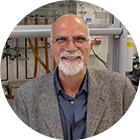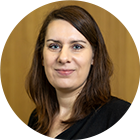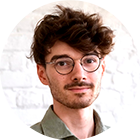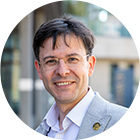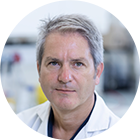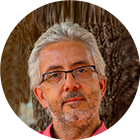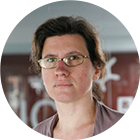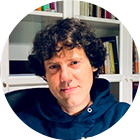Divulgación
The Thinking Institute at the University of Vigo
The Thinking Institute aims to bring together scientists from around the world to discuss science with an open mind, so that new research directions may emerge from a multidisciplinary environment. Organized by Prof. Luis Liz-Marzán and supported by CINBIO, this fourth edition will take place on June 3rd and 4th, 2025, with a splendid list of speakers. Attendance to lectures will be free but registration will be required. Students and researchers from CINBIO will have the opportunity to meet and discuss with the invited speakers, who will also meet privately for further joint thinking.
Confirmed speakers:
REGISTRATION:
Participation is free but registration is needed. LOCATION: Salón de Actos Ciencias (Campus Universitario de Vigo)
The Thinking Institute at the University of Vigo, Fourth Edition
Supramolecular Chirality in Artificial Photosynthesis
Turn by turn: Deciphering the prion code through fiber structure highlighting the need for innovative methods to select suitable fibrils
Bacterial amyloids: From pathogenesis to self-assembled functional biomaterials
Nonlinear chiroptical scattering for nonlinear photochemistry and spectroscopy in nanoparticles
Electron Tomography of Chiral Nanoparticles—From Single Atoms to Mechanistic Insights
(with coffe/drinks at CINBIO)

